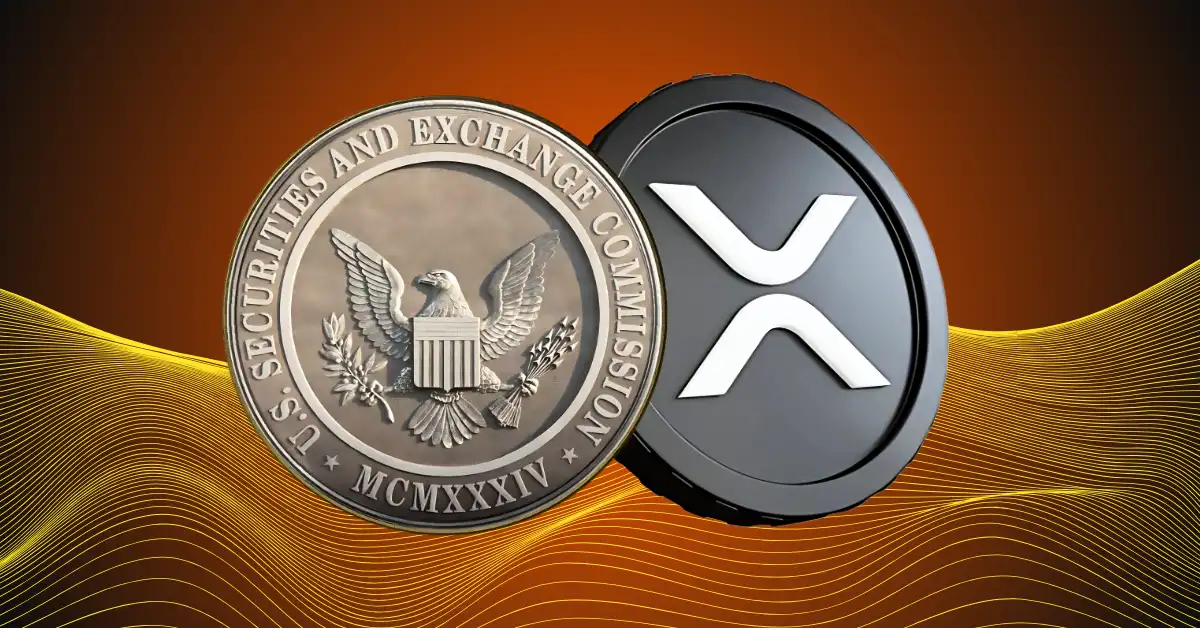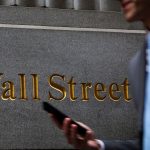
The Ripple Effect: How the SEC Settlement Reshapes Crypto’s Future
For years, the crypto industry held its breath as Ripple Labs and the SEC waged a legal war that could redefine digital asset regulation. That battle has finally reached its end—and the aftershocks are just beginning. The December 2020 lawsuit, accusing Ripple of selling $1.3 billion in unregistered securities via XRP, wasn’t just about one company. It was a litmus test for whether cryptocurrencies would be treated as currencies or securities in the U.S. Now, with the case settled and Ripple dropping its cross-appeal, the market is reacting like a shaken soda can finally popping its tab.
Regulatory Clarity: The Real Winner
The SEC’s case began under Trump-era chair Jay Clayton and bled into Gary Gensler’s aggressive enforcement era—a period crypto advocates called “regulation by litigation.” Ripple’s argument? XRP isn’t a security; it’s a currency, like Bitcoin or Ethereum. The settlement implicitly acknowledges that distinction, offering a roadmap for other projects stuck in regulatory purgatory.
This clarity is long overdue. Before the resolution, crypto firms operated like chefs in a kitchen with no recipe—throwing ingredients together and hoping regulators wouldn’t shut down the meal. Now, with precedent set, expect a wave of compliance-focused innovation. Projects like Cardano and Solana, once sweating under the SEC’s gaze, may now breathe easier.
XRP’s Second Act: ETFs and Banking Partnerships
With legal fog lifting, Ripple’s next moves are straight out of a Wall Street playbook. CEO Brad Garlinghouse hinted at an IPO (though downplaying its urgency), but the real fireworks surround an XRP exchange-traded fund (ETF). Prediction markets now peg approval odds at 82% by 2025—a bet fueled by BlackRock’s Bitcoin ETF success and the SEC’s softened stance.
An XRP ETF could send the token soaring past $1.50, challenging its all-time high. But Ripple’s ambitions stretch further. Its cross-border payment solutions, once hamstrung by lawsuit uncertainty, are now primed for banking deals. Imagine XRP as the PayPal of crypto—licensed, liquid, and finally legitimized.
The Crypto Domino Effect
Ripple’s settlement isn’t just a win for XRP holders. It’s a tidal shift for the entire industry. The SEC’s recent dismissal of similar cases suggests a pivot from “regulation by enforcement” to structured rules—a change that could lure institutional capital.
Here’s the kicker: Clarity reduces risk. Reduced risk attracts investors. And investment? That’s the rocket fuel crypto needs to graduate from speculative asset to financial infrastructure. The lawsuit’s end also pressures Congress to pass comprehensive crypto laws, potentially fast-tracking the long-stalled Digital Asset Market Structure (DAMS) bill.
Conclusion: A New Era Dawns
The Ripple-SEC saga ends not with a bang, but a blueprint. Regulatory ambiguity kept billions on the sidelines; now, the gates are creaking open. XRP’s resurgence, ETF prospects, and banking partnerships signal a maturation of crypto—from wild west to Wall Street adjacent.
But remember: In markets, every “final answer” is just the next question. The SEC’s retreat here doesn’t mean surrender. It’s a tactical reset. For crypto, the lesson is clear: Play by the rules, or the rules will play you.
Boom. Now, about those IPO rumors…







